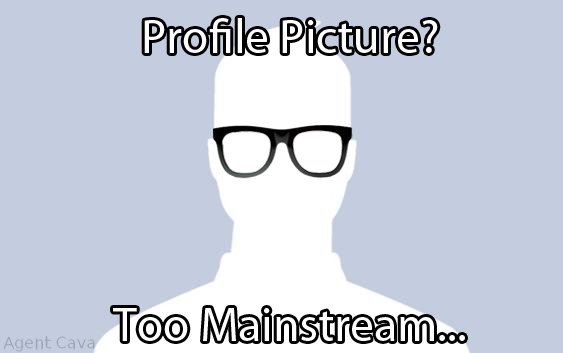Vitto makes some excellent points about how Google is using a price skimming strategy with their Google Glass product. Currently the $1500 price tag is meant to just target the innovators; however, the price should come down to focus on consumers in the near future. Additionally, he states how this pricing strategy will have a long-term advantage because the first people to get it will sincerely be interested in this new market so they will review it very highly. The high price for Google Glass could also be an indicator of quality. Vitto also states that product is a “one-of-a-kind” but after doing some research it seems many people are companies and start-ups are jumping on the smart glasses bandwagon. For example, a group of students from the Rochester Institute of Technology have created a product with similar capabilities, a better looking design, and for a price of $200. With all these competitors trying to enter the market, when Google brings their price down to a consumer price level, they aren’t going to be able to charge monopolistic prices. However, since Google has already established a loyal customer base, they may be able to charge a price slightly higher than the competition and still retain a high percentage of the market.
Going back to their price skimming strategy, it may backfire on Google because since consumers will likely know the manufacturing costs of the product they may feel like they are getting ripped off by paying in excess of $300. It will be interesting to see what sort of pricing strategy Google decides to use once the product reaches the average consumer, but in the mean time, Google better keep a close eye on their competition and create some barriers to entry using intangible assets such as patents.

Sources: https://blogs.ubc.ca/vitotagle/2013/11/02/you-want-it-then-pay-the-price-external-blog-post/
http://medcitynews.com/2013/11/google-glass-less-expensive-competition/

